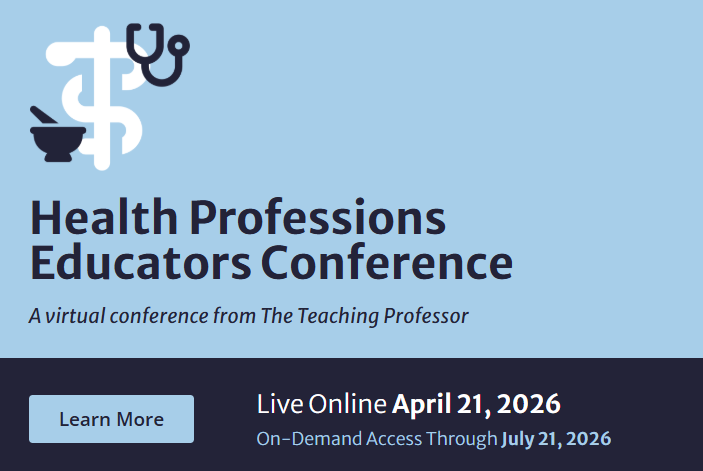Is It Time to Rethink Our Exams?
I’ve been ruminating lately about tests and wondering if our thinking about them hasn’t gotten into something of a rut. We give exams for two reasons. First, we use exams to assess the degree to which students have mastered the content and skills of the course. But like students, we can get too focused on this grade-generating function of exams. We forget the second reason (or take it for granted): exams are learning events. Most students study for them, perhaps not as much or in the ways we might like, but before an exam most students are engaged with the content. Should we be doing more to increase the learning potential inherent in exam experiences?



